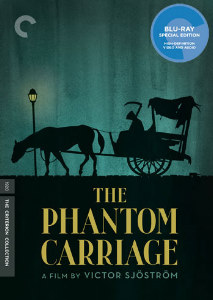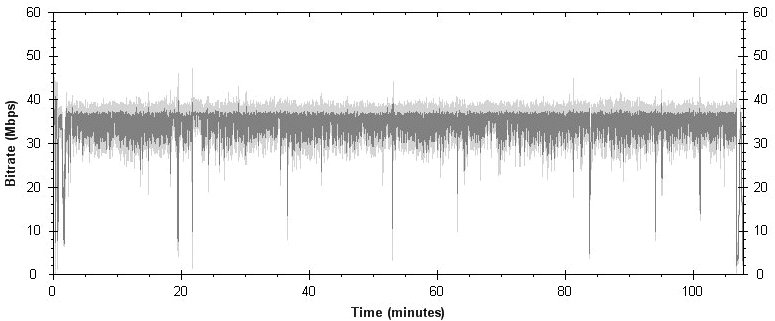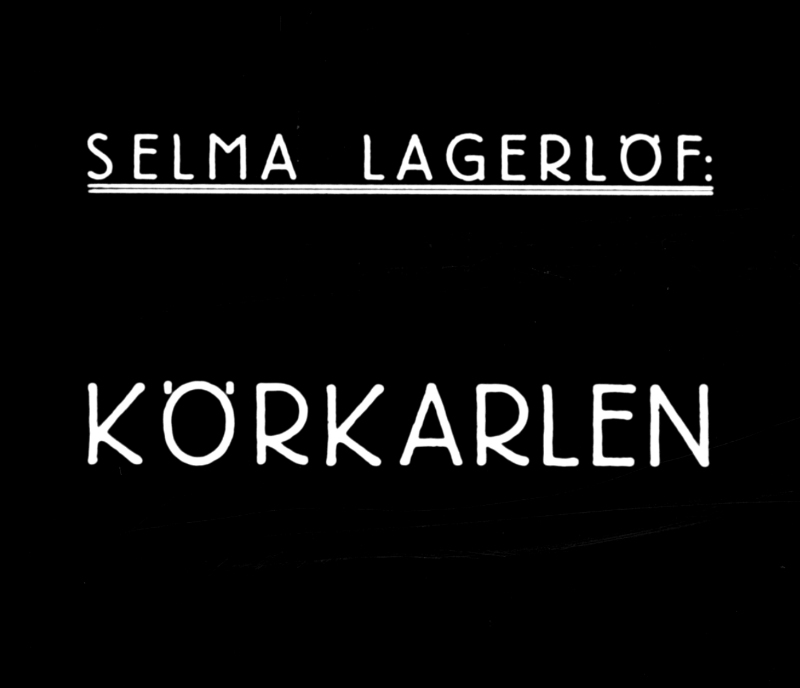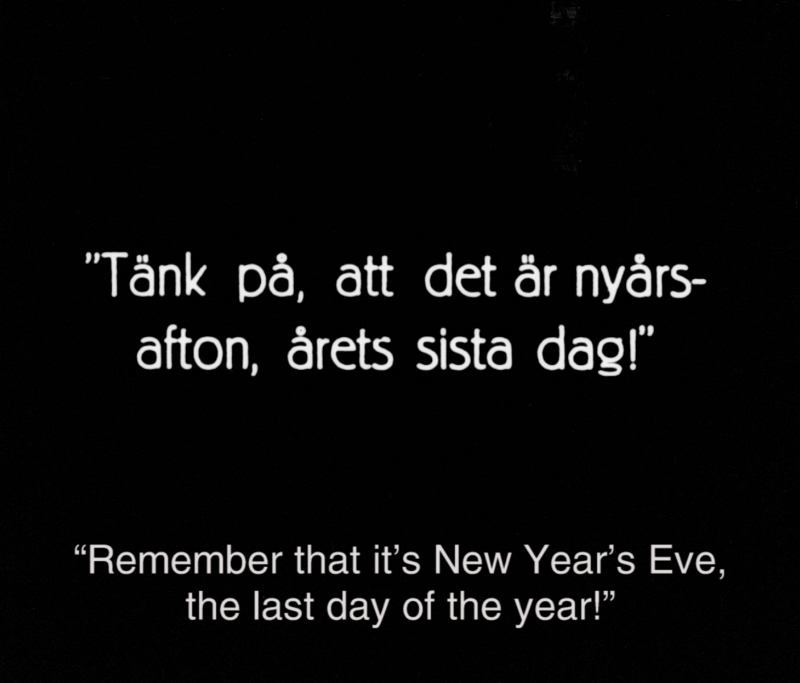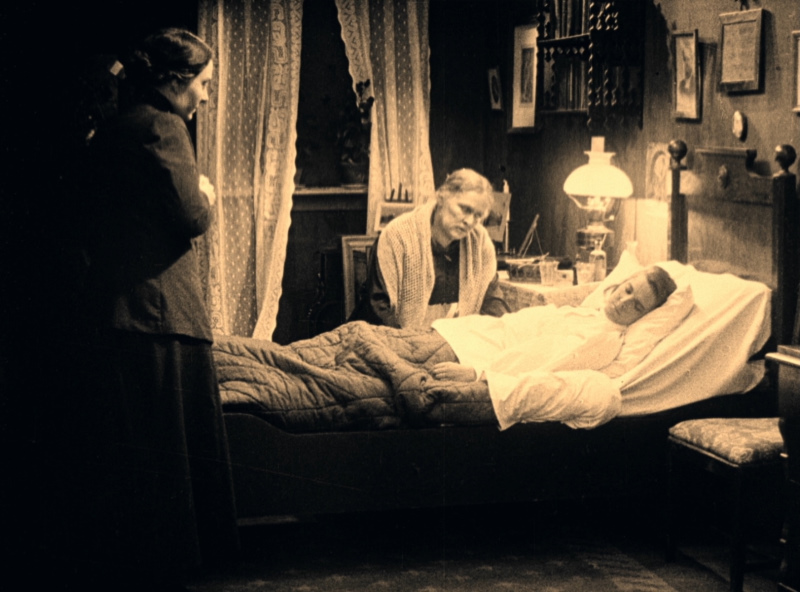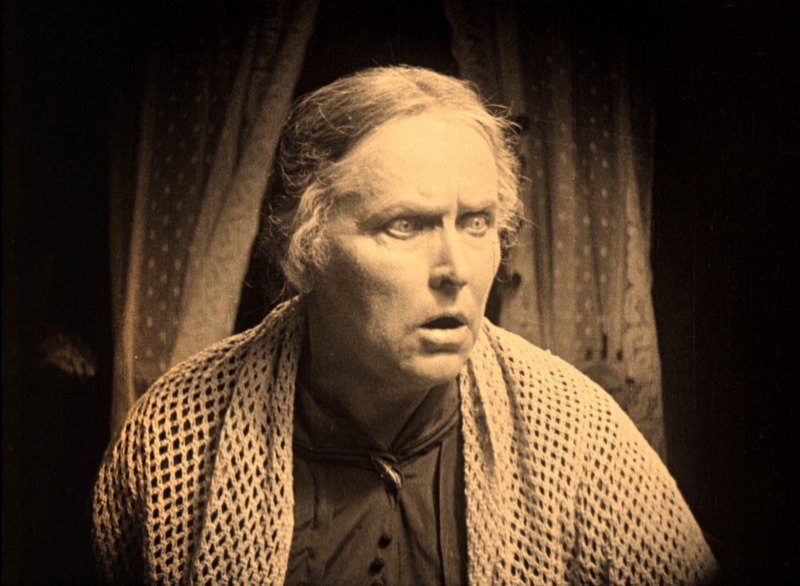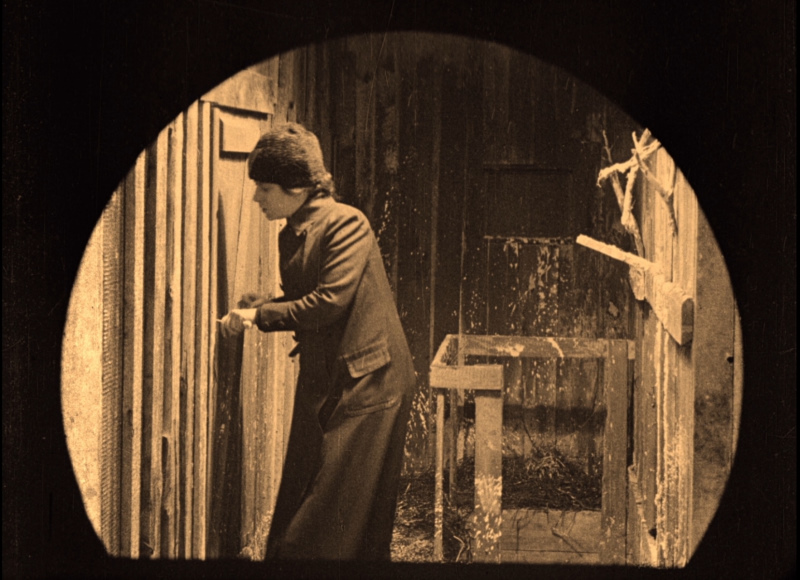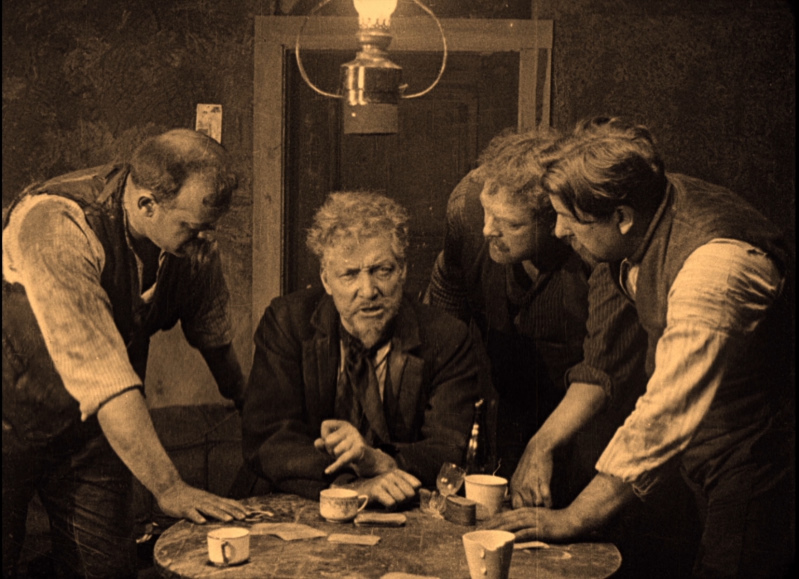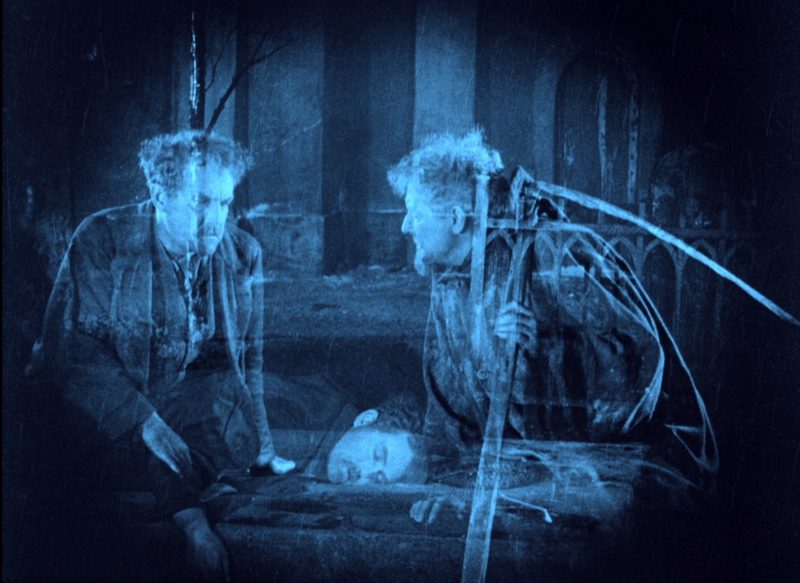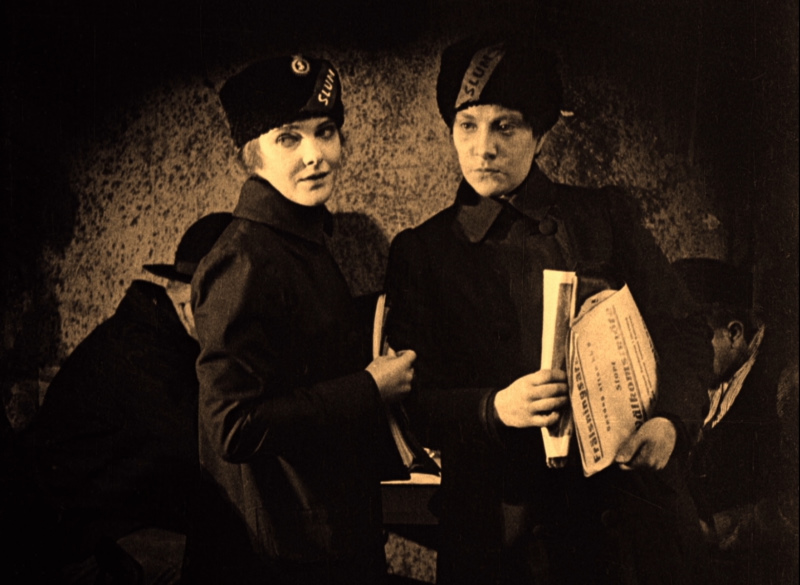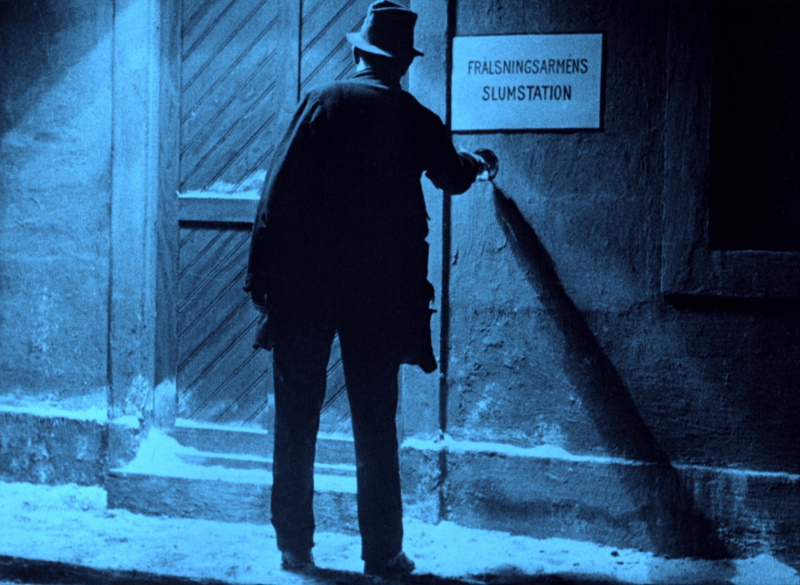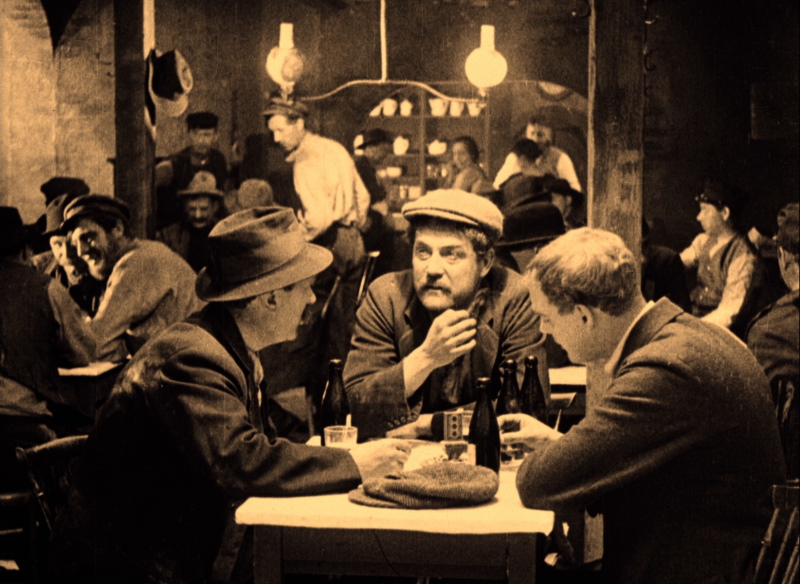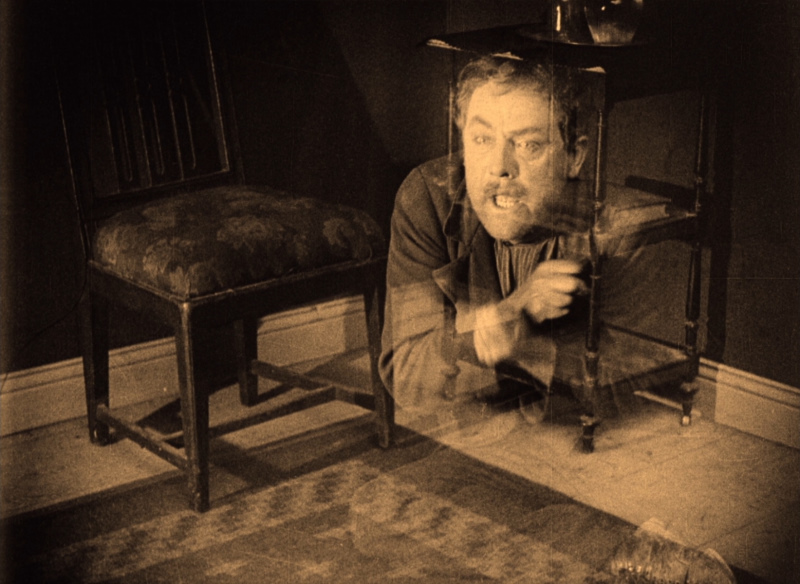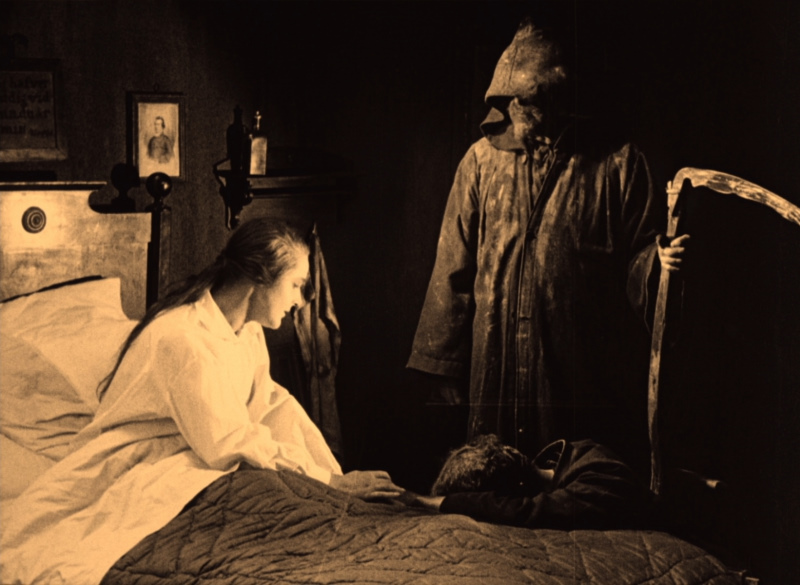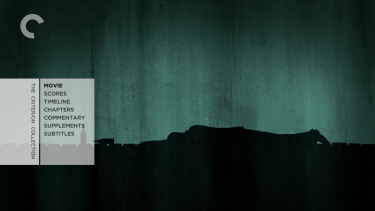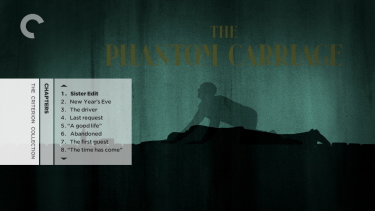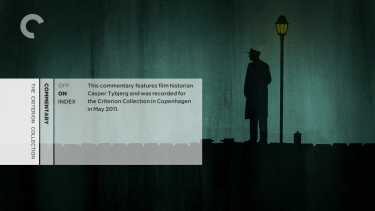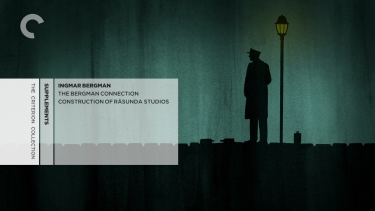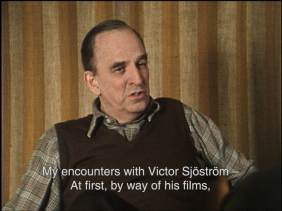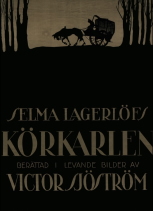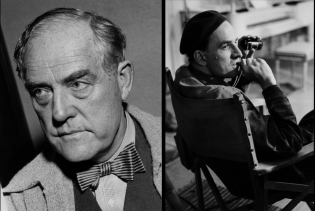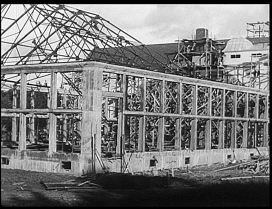![]()
![]()

![]()
![]()
|
Search DVDBeaver |
S E A R C H D V D B e a v e r |
|
|
The Phantom Carriage aka Körkarlen [Blu-ray]
(Victor Sjöström, 1921)
Review by Gary Tooze
Production: Theatrical: Svensk Filmindustri (SF) Video: Criterion Collection - Spine # 579
Disc: Region: 'A'-locked (as verified by the Momitsu region FREE Blu-ray player) Runtime: 1:47:47.894 Disc Size: 43,772,026,713 bytes Feature Size: 33,569,138,688 bytes Video Bitrate: 34.45 Mbps Chapters: 12 Case: Standard Blu-ray case Release date: September 27th, 2011
Video: Aspect ratio: 1.33:1 matted to 1:78 Resolution: 1080i / 23.976 fps Video codec: MPEG-4 AVC Video
Audio: DTS-HD Master Audio Swedish 2431 kbps 3.0 / 48 kHz / 2431 kbps / 24-bit (DTS Core: 3.0 / 48 kHz / 1509 kbps / 24-bit) LPCM Audio Swedish 2304 kbps 2.0 / 48 kHz / 2304 kbps / 24-bit Commentary: Dolby Digital Audio English 192 kbps 1.0 / 48 kHz / 192 kbps
Subtitles: English, none
Extras:
• Two scores, one by Swedish composer Matti Bye and the other by
the experimental duo KTL
Bitrate:
Description: The last person to die on New Year’s Eve before the clock strikes twelve is doomed to take the reins of Death’s chariot and work tirelessly collecting fresh souls for the next year. So says the legend that drives The Phantom Carriage (Körkarlen), directed by the father of Swedish cinema, Victor Sjöström. The story, based on a novel by Nobel Prize winner Selma Lagerlöf, concerns an alcoholic, abusive ne’er-do-well (Sjöström himself) who is shown the error of his ways, and the pure-of-heart Salvation Army sister who believes in his redemption. This extraordinarily rich and innovative Silent classic (which inspired Ingmar Bergman to make movies) is a Dickensian ghost story and a deeply moving morality tale, as well as a showcase for groundbreaking special effects.
The Film:
It is New Year's Eve, and a consumptive Salvation Army sister named Edit
(Astrid Holm) sits up from her deathbed and mysteriously demands that
one David Helm be sent for at once. Yet when the man (Victor Sjöström),
a misanthropic and abusive alcoholic, is eventually found carousing by a
cemetery, he spurns Edit's 11th-hour intervention on his behalf,
refusing even to see her – and, as the clock strikes midnight, he is
accidentally struck dead. Multiple superimpositions and double exposures create ghostly effects in Victor Sjostrom's 1920 masterpiece. The story, told through a complex flashback structure, resembles Dickens's A Christmas Carol: a self-destructive and irresponsible man has a brush with the “carriage of death,” which allows him to review his life. With Sjostrom, Hilda Borgstrom, Tore Svennberg, and Astrid Holm; also known as The Phantom Chariot. Excerpt from Jonathan Rosenbaum at the Chicago Reader located HEREImage : NOTE: The below Blu-ray captures were taken directly from the Blu-ray disc. The Phantom Carriage looks quite impressive on Blu-ray from Criterion. Well, as impressive as a film of this source and age could permit. Detail has some striking moments. There are tints (blue and sepia - specific 'mono-color' use with shadings) that are visible but not overly imposing. They look great. There are scratches and marks but nothing I would report as 'heavy damage'. Contrast is reasonable on this is only dual-layered transfer with a very high bitrate. Some of the whites seem very bright - but not blown-out. I don't discount that Criterion have done some digital restoration - especially on the black levels. Bottom line is that this looks very consistent and watchable in 1080i (interlaced - probably due to the frame rate conversion). This Blu-ray gives and enjoyable and occasionally impressive presentation with the arresting visuals battling with the diverse scores to create a memorable film viewing. Silent era fans will eat this up.
CLICK EACH BLU-RAY CAPTURE TO SEE ALL IMAGES IN FULL 1920X1080 RESOLUTION
Audio :We get the option of two lossless scores, one - written for chamber orchestra by celebrated Swedish composer Matti Bye and first performed live at a screening of The Phantom Carriage at Cinemateket in Stockholm in March 1998. The other was composed and produced in 2007 by the experimental duo KTL, a collaboration between computer music innovator Peter Rehberg and guitarist Stephen O'Malley. The first is beautifully stayed and poetic while the second is unbridled, funky and scary - like nothing you might have heard for a Silent film before. It works exceptionally well. They come as DTS-HD Master and linear PCM tracks at around 2500 kbps in 3.0 and 2.0 channel respectively. There is excellent high end and crisp notes - these both sound impressive - in totally different veins. There are optional English subtitles for the original-looking font Swedish title-cards. My Momitsu has identified it as being a region 'A'-locked.
Extras : We get a fairly dry audio commentary from film historian Casper Tybjerg recorded for the Criterion Collection in Copenhagen in May 2011. He is very professional, narrating quite eloquently at times and supplying a wealth of information on the film and director. We get a 1981 interview with Ingmar Bergman, excerpted to 15-minutes from Gösta Werner's documentary Victor Sjöström: A Portrait where the filmmaker discusses his deep admiration for Sjöström, the influence he had on his own career, and their work together on Wild Strawberries. It is in Swedish with English subtitles. The Bergman Connection is an original, 18-minute, visual essay by film historian and Bergman scholar Peter Cowie on The Phantom Carriage’s influence on Bergman's work. The Phantom Carriage was first to be produced at Svensk new studios in Räsunda, north of Stockholm. We are privileged to see about 5-minutes of footage showing directors Mauritz Stiller and Victor Sjöström standing with head of production Charles Magnusson on the site allocated for the facilities, which are then seen under construction in 1919. Today Svensk Filmindustri still uses some of the remaining buildings for offices. There is also a 20-page liner notes booklet featuring an essay by screenwriter and filmmaker Paul Mayersberg.
BOTTOM LINE: Gary Tooze September 15th, 2011
|
|
About the Reviewer: Hello, fellow Beavers! I have been interested in film since I viewed a Chaplin festival on PBS when I was around 9 years old. I credit DVD with expanding my horizons to fill an almost ravenous desire to seek out new film experiences. I currently own approximately 9500 DVDs and have reviewed over 3500 myself. I appreciate my discussion Listserv for furthering my film education and inspiring me to continue running DVDBeaver. Plus a healthy thanks to those who donate and use our Amazon links.
Although I never wanted to become one of those guys who
focused 'too much' on image and sound quality - I
find HD is swiftly pushing me in that direction. 60-Inch Class (59.58” Diagonal) 1080p Pioneer KURO Plasma Flat Panel HDTV PDP6020-FD
Oppo Digital BDP-83 Universal Region FREE Blu-ray/SACD
Player APC AV 1.5 kVA H Type Power Conditioner 120V Gary W. Tooze ALL OUR NEW FORMAT DVD REVIEWS
|
![]()
![]()

![]()
![]()


